Airlines around the world are lining up for the Airbus A321XLR which launched at the Paris air show. After the news that Aer Lingus and Iberia ordered the aircraft, things have continued apace with Qantas and American Airlines both signing on.
Frontier, Wizz Air and JetSMART have also been added to the order book today. You’d be forgiven for thinking the Airbus A321XLR was just another derivative of a common model. So why are airlines clamoring to get a hold of them?
Airbus A321XLR Addresses A Gap In the Market
There is a requirement by airlines to be able to fly a smaller number of passengers longer distances. This was addressed to an extent with the Boeing 787 Dreamliner and Airbus A350, which were designed with this mission in mind.
However there is another important element to consider, which is the long range narrowbody. These are aircraft such as the venerable Boeing 757, which you find flying transatlantic routes among others.
The last Boeing 757 rolled off the production line in 2004, and it has been replaced to a large extent by the Airbus A321neo. Well over 2,000 are on order and not even 200 are in service so you will likely find yourself on one in the future.
The prevailing trend in aviation is to connect more cities directly rather than having to go via a hub. With the long range twins being too heavy to efficiently do shorter long distance flights, something else was required. Hence, the Airbus A321XLR.
What Routes Will It Permit?
Aer Lingus have already stated they will be able to fly to all of the USA and Canada from Dublin. Checking out the range map shows this is quite true, plus there are plenty of options the other way, such as to the Middle East.
Those wondering what 4,600 nautical miles or 8,520 kilometres of range looks like for flights from New York, wonder no more. Flights can be scheduled as far south as Brazil, and to all of Europe and West Africa.
Frequent flyers down under will find a lot of water on their journey on some directions. Out of Sydney, places such as Singapore are easily reachable, while flights from northern ports such as Cairns will be able to go all the way to Japan.
New routes that might be marginal or loss making with a heavy widebody have the potential to be profitable with the economics of a narrowbody. This is why the orders are rolling in.
Overall Thoughts
The Airbus press release touts the advantages of the Airbus A321XLR. While airlines will like it as it will be efficient for them, passengers will also reap benefits. They will have more direct flights available to where they want to go. Everyone knows that having to connect is not particularly efficient or fun.
While the aircraft will have lie flat seats and all the amenities expected for international flights, spare a thought for the crew. Cross your fingers that they get proper galleys that are spacious to work in.
What do you think of the Airbus A321XLR? Do you mind flying on a long flight on a narrowbody? Thank you for reading and if you have any comments or questions, please leave them below.
To never miss a post, follow me on Facebook, Twitter and Instagram.
All my flight and lounge reviews are indexed here so check them out!
All images rendered by FIXION via Airbus.
Maps from Great Circle Mapper.


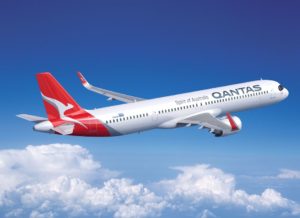
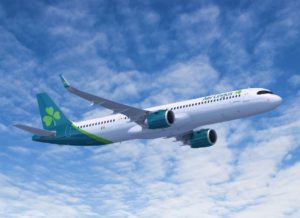
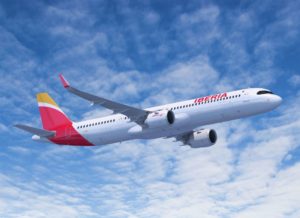
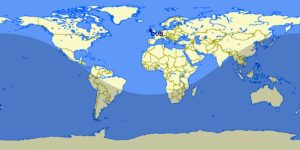
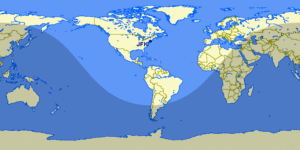




Great move by Airbus. By adding an XLR version of their already successful A321 line, they squeeze a lot of juice (and sales) out the potential market that Boeing was hoping to capture with its (yet-to-be-launched) NMA. Bummer for Boeing, I’m sure.
Crew rest requirements are set out by legislation and in the USA by union agreements. For flights of around 10 hours the crew would have seats that can be curtained of for privacy and recline at least 45 degrees. Beyond that they start looking like lie flat business class seats or may even be in a separate cabin but the rules are complicated depending on whether there are major time zone changes involved in the shift. Ive been on an 8.5 hour flight on a A321neo with ACT tanks fitted. Its quite comfortable and there were no issues with getting to the toilets. On long flights there is plenty of time before and after meal service and there just aren’t that many passengers. Staff are always reversing back to the galley anyway. Remember the Airbus A321 has nice 18 inch wide seats and 2 inch wide armrests and they can get bigger. It would be fair the say that A321XLR missions wont last more than 10 hours. Airbus have done a lot of work on the A321 XLR: 1/ Cabin pressure is reduced from 8000ft to 6000ft. 2/ Overhead Luggage is 30% bigger so that each row of 3 seats can handled three full sized roller bags. 3/ Garbage compactor reduces waste size to allow for the 2 hot means service. 4/ Water supply is increased from 200L to 490L. In a typical 2 class A321XLR you”l probably find a toilet up front for the 16 or so business class seats, then 3 more for the 152 or so economy seat with two amidship and one to the rear. Galley would be right at the back. The A321 is not so big that disembarkation takes terribly long and you can speed it up by using the rear exit.